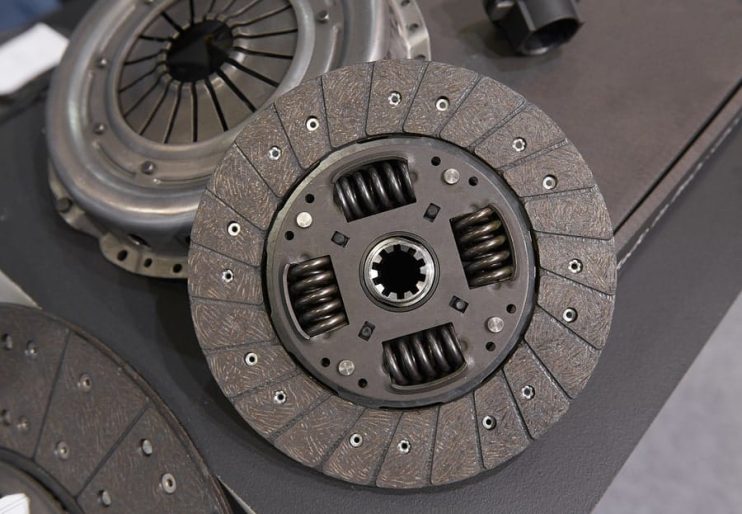
In this article we look at some of the most common tell-tale signs that your clutch is on its way out.
So What are the Symptoms of a Failing Clutch?
You’ve Got That Spongey Feeling
Our first sign of doom is a soft or spongey clutch pedal, which is one of the typical problems that comes with a hydraulic release mechanism. Check the hydraulic pipes and components, such as the master and slave cylinder, to see if there is air in the system. Does the pressure in the pedal drop as you push it towards the floor?
When this problem becomes increasingly pronounced the pedal often seems to drop to the floor with very little force and you may even notice that clutch disengages without you having to push down much on the pedal. Leave this problem unfixed, and you could soon be noticing a lack of pressure in your wallet or purse.
Burning Up
Can you smell burning? Could it be leaking oil or damaged wiring in the car? If you are sure that the odour is not emanating from some other system and it becomes more prominent when you’re shifting gears, there could be a problem with the clutch. This smell is usually created by the friction of a slipping clutch. If it’s accompanied by a rattling sound when the clutch is not in use, which increases in volume when the clutch engages, then you know that you might be looking at replacing your clutch soon.
Difficulty Changing Gears
You know your gear shifts should be smooth, seamless and trouble free. When you have a new car that’s been driven in, the movement seems effortless. Therefore, if it has become a bit more of a grind then the clutch could be in trouble. This will be more pronounced when you’re shifting from first to second or putting the car in reverse. With this problem the next thing you might be shifting is an old, worn out clutch.
Higher Biting Point
You should intuitively know where the biting point is for your clutch, especially after a couple of years behind the wheel. As the clutch fails you will notice this getting higher and higher. If you find you’re having to let it out almost all the way, then you could well be looking at having to acclimatise your foot to a new clutch.
Visible Signs
Remove the inspection cover on the bell housing to make the clutch visible or take a look through the inspection cover at the bottom of the bell housing. Keep a look out for a fine black dust, which could be a symptom of problems, or just of general wear and tear. If there are issues, then you will most likely see actual damage and wear to the clutch, indicating that it could be problematic in the future.
RPMs are High
One of the tricks you can use to diagnose clutch problems in a manual transmission comes when you hit the road. If your engine needs an unusual level of RPMs to reach a certain speed, then the chances are your clutch or components are having issues. Confirm your suspicions by checking it out in a parking lot. Stop the vehicle with the engine running and then shift it up into second or third gear. If the car doesn’t stall, but the RPMs go up and the vehicle remains in place then you have identified a slipping clutch.
Further confirmation can be attained by revving your engine in first and then block shifting up to fifth. If your engine continues to whine and rev high then the gear has not caught and is going out. Conversely if your car shakes from being in too high a gear and it takes a huge amount of time to get going, you know you have achieved full engagement.
He Who Hesitates
Does your car hesitate before accelerating? If this is the case then it could be the case that the clutch is not delivering enough of a boost to power the wheels through the transmission. This problem will become more prominent when pulling a trailer or a caravan, and you’ll feel that you aren’t quite getting the power you need. Often the sign of a slipping clutch.
Welcome to the Grind
Although this is not necessarily a problem with the clutch, gear grinding isn’t good. It could be related to the synchronisers, which ensure that the gear shift is smooth. When they fail, it can feel like the clutch is having no impact on the shift. And on occasion it may be that you have not properly engaged the clutch.
But then there’s also the case that the clutch is indeed wearing out. Often urban start stop style driving can wear it out faster alongside excessive use of the car.
And Finally
If you notice any of these warning signs that your clutch may be on its way out, please do not worry. This is a common occurrence in the lifespan of owning a car with a manual transmission and is easy enough to fix, but also something that you should take care of when you first notice a problem. Having a well-maintained clutch makes driving and handling so much easier and gives you a much better level of control. Catching problems early will also save you money, costing you a whole lot less to fix.

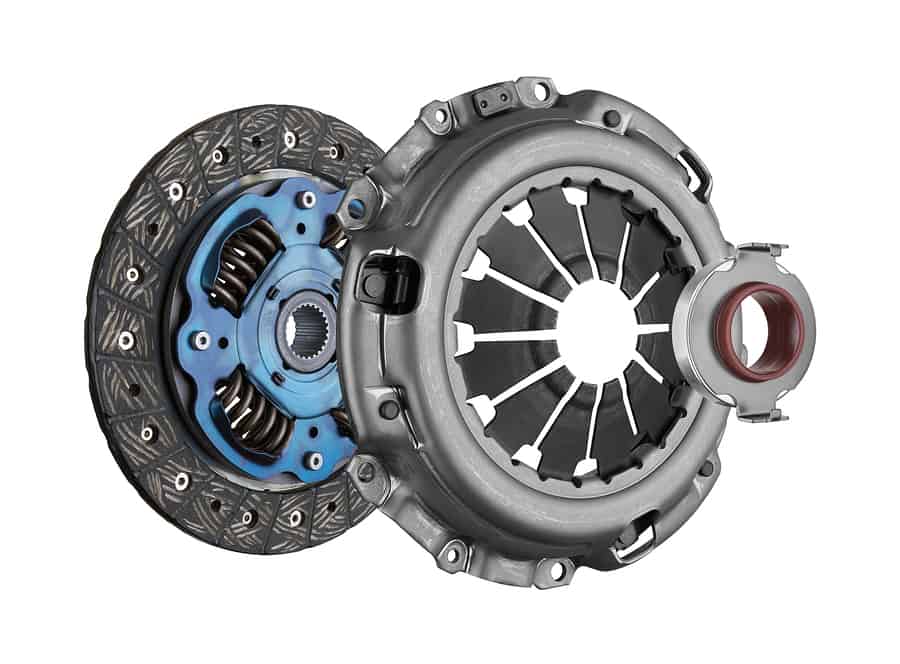

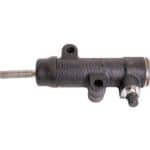

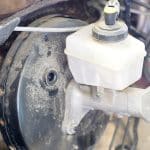

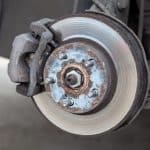
.png)